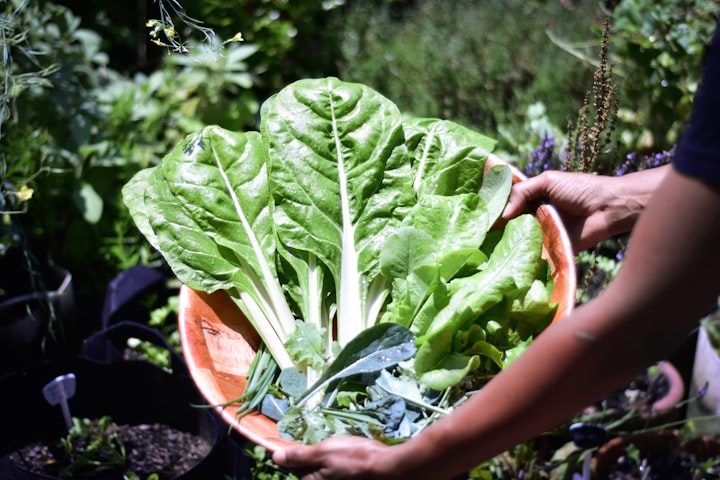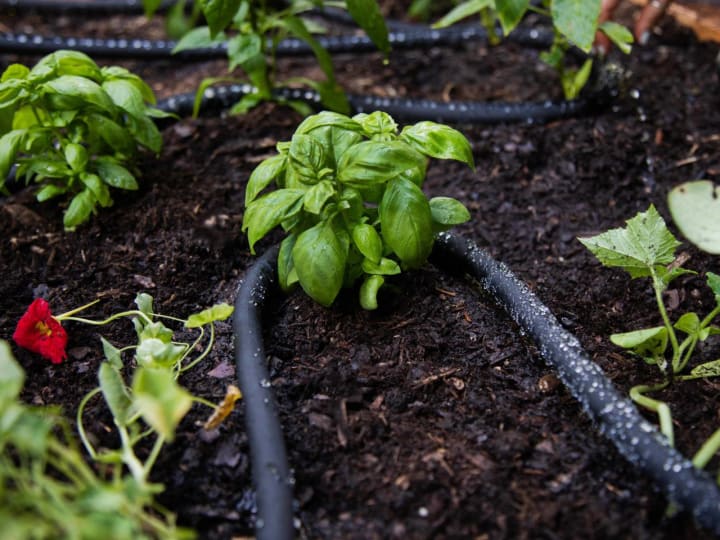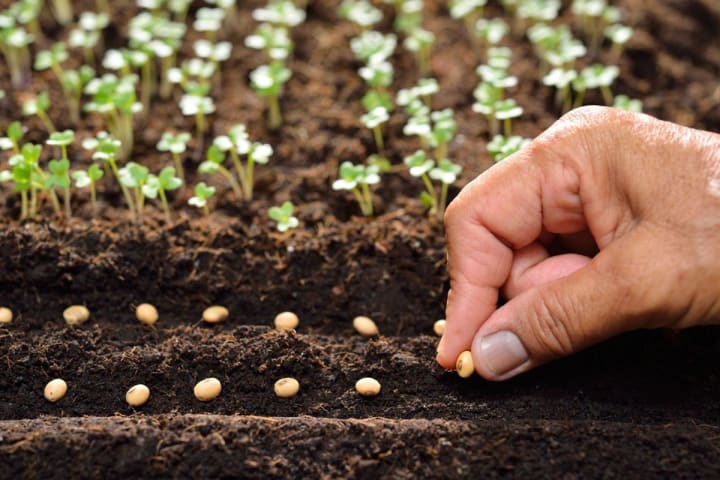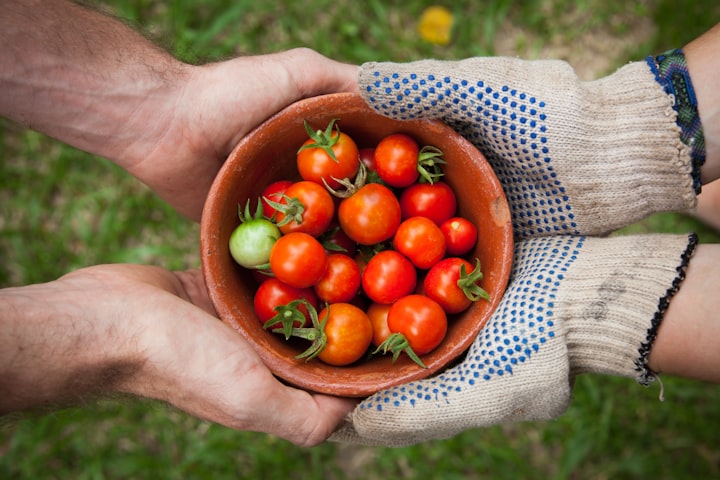Organic Gardening: A Step-by-Step Guide
It is Organic Living in Accordance with Nature's Laws.

Organic gardening is more than just avoiding chemicals; it is organic living in accordance with nature's laws. I recently came across this quote by an unknown author and discovered that my parents and others like them were organic gardeners long before these principles were revived.
They didn't use chemicals on the food they fed their children, and gardening was a way of life to guarantee there was enough food to last through the rainy seasons. Everything was recycled, and kitchen scraps were tossed into the garden on a regular basis to replenish the environment.
The primary fertilizer utilized on the roses was bone meal, which was made from organic fertilizers like manure. My mother and father grew the best-tasting vegetables, and they grew in plentiful supply? sufficient to feed a family for the entire rainy season In the garden, birds, worms, and other signs of a living soil were welcomed.
Synthetic chemical fertilizers, insecticides, and herbicides have become the most frequent commercial agriculture methods in recent years. These methods have resulted in undesired outcomes such as the loss or depletion of topsoil, land becoming less fertile, and pests developing resistant to present pesticides, necessitating the creation of ever stronger chemicals. Toxic chemical spills are harming our ecosystem, chemicals pouring into rivers and water supplies are contaminating our drinking water, and the impact of global warming is becoming a big political issue.
As global impact is paid to the relationship between food and health, our own diet and health has become a key matter of importance. Organically farmed veggies have more vitamins and minerals than those grown using inorganic fertilizers, according to research. Organic gardening and growing as much of our own food as possible are two measures we can take to begin healing the environment on which we live and, in turn, healing ourselves. The practice of organic gardening relies on a number of key components.
1. Soil

Working with Nature rather than against it keeps the soil healthy. Organic fertilizers, such as manure, to replenish the earth and all refuse produced by the garden should be recycled back into the garden.Organic gardening composts all of the waste created in the garden, such as grass clippings, leaves, and kitchen scraps, to feed the soil and maintain it full of the nutrients needed to grow crops.
2. All Synthetic Chemical Fertilizers, Herbicides, and Insecticides should be Avoided

Gardeners won't have to worry about synthetic weed killers and fertilizers on the lawn and shrubs coming into contact with children, pets, or wildlife if they don't use chemicals in the garden. The food grown is pesticide-free, additive-free, and nutritious food for the table.
3. Sustainability

Sustainable gardening methods are low impact ways to grow plants that aren’t harmful to the environment. The form of gardening is environmentally conscious, utilizing resources wisely and avoiding techniques that harm the environment.
4. Stewardship of the Environment

When you garden organically, you help the environment by reducing contamination of the water supply and air pollution. It means we give a safe haven for nature, such as beneficial insects and animals.
5. Wildlife-friendly Habitats

Informal spaces can be established to help wildlife in their hunt for habitat that will allow them to survive the destruction of many areas, which has resulted in the extinction of numerous species.
6. Intensive Planting

Plants are closely spaced to conserve water and protect the soil from sunlight, preventing weed seeds from sprouting and growing.
7. Biodiversity

When growth circumstances change, biodiversity ensures that a single crop from a monoculture does not result in crop failure. When a variety of species is planted, the food supply is not jeopardized.
8. Rotating Crops

Crop rotation helps in the control of pests and diseases that are spread through the soil. The rotation of the crops to other parts of the garden improves the garden's productivity by keeping diseases that damage the plants at home.
9. Watering and Weeding

Rainwater can be collected and used to irrigate the garden. Water is saved by using soaker hoses, drip irrigation, and hand watering. Mulches are extremely useful for conserving water and reducing weed germination.
10. Saving Seeds

When harvesting crops, save some seeds from your best plants. Many old types are disappearing at an alarming rate, and it is important to preserve this biodiversity. Some of these saved seeds have been used to develop new strains after disaster has affected commonly cultivated varieties.
Organic gardening is a great method to save money while also providing excellent food for your entire family. Gardening is a fun and healthful activity for both children and adults.
About the Creator
lovely tolentino
Hi ! My name is Lovely, I am 23 yrs old, Avid reader.
I love to inspire & help other people through my writing.
This journey & passion is uniquely my happiness, One read makes difference. Thank you!
You can follow me on Instagram
@xx_lovelyvien






Comments
There are no comments for this story
Be the first to respond and start the conversation.